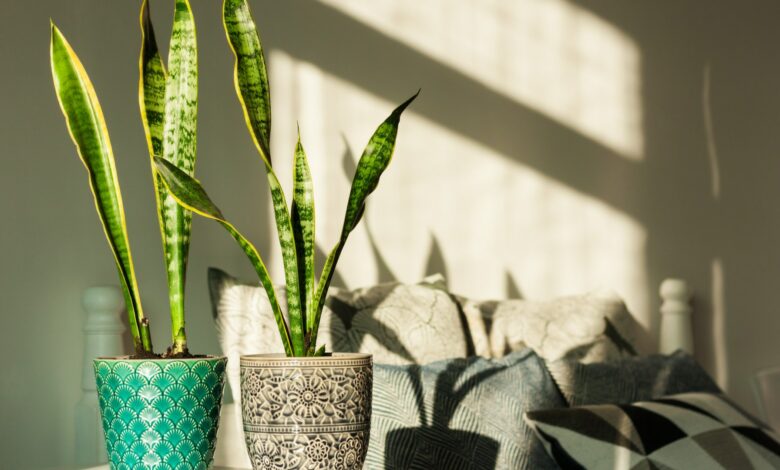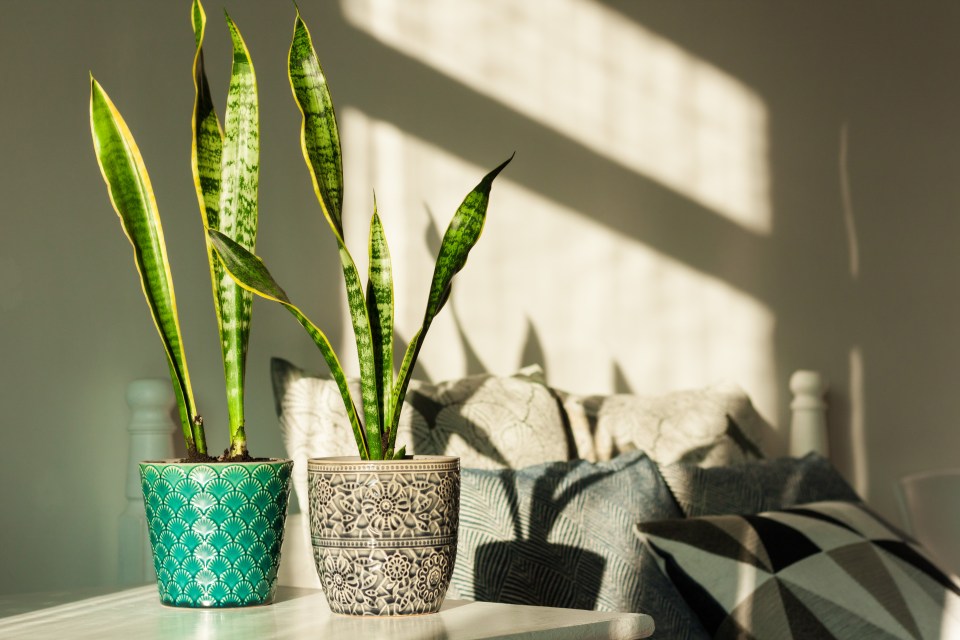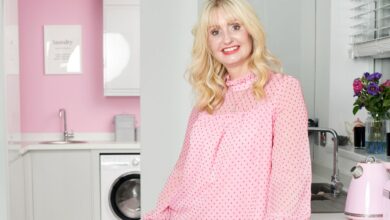5 plants that help prevent mold – including lovely B&Q, buy for £6


Now that the cold weather is officially here, many of us are wondering the same thing: how to keep mold and condensation at bay.
According to data from HomebriteThe problem is enormous: as many as 58 percent of private rented households across England are affected by damp, mold and/or excessive cold.
But it’s not just black mold spores that can create an unsightly mess, regular mold, as well as moisture, can also have a negative impact on your health.
The NHS warned that the particularly vulnerable include people with breathing problems, chest infections, allergies or asthma, as well as newborns, young children and the elderly.
Exposure to and inhalation of the mold spores can cause a range of problems, such as sneezing, a runny nose, red eyes and rashes.
In some cases, mold can also trigger asthma attacks.
The high streets are full of what seems like an endless stream of chemicals to tackle this – but what if all you needed was some greenery?
That’s right, green plants can not only add some greenery to your home but also help improve air quality and keep the air dry, an expert said.
Radiator expert Nancy Emery said: ”English ivy, peace lilies, palms, orchids and snake plants are great for removing mold spores.
English ivy
The evergreen vine most commonly found outdoors but can significantly reduce the amount of mold in your home’s air, according to research.
Peace lilies
Peace lilies are a good choice for areas prone to mold because they thrive in high humidity and can absorb moisture from the air.
B&Q is selling a peace lily for just £6.
As for caring for a peace lily, keep the compost moist but not soggy and avoid allowing the compost to become waterlogged.
On the other hand, peace lilies will wilt if they are too dry.
As for the best location for a peace lily, it likes moderate to bright, indirect light and will tolerate some shade.
Palms
There are many palm plants to choose from.
But Areca palm is a top choice for air purification and humidity reduction. NASA’s Clean Air Study found that this plant removes many toxins and produces a lot of oxygen.
B&Q sells a Parlor Palm in a 12 cm pot – Latin name Chamaedorea Elegans – for £12.99.
Slow growing but reliable, it thrives in well-lit rooms or conservatories, requiring minimal maintenance all year round.
Orchids
Orchids are native to tropical regions and are well suited to high humidity, making them an especially good choice for bathrooms.
You can buy orchids in several places, including supermarkets.
But be careful, the brighter, more unusually colored petals – such as blue – are dyed and not natural.
Planting snakes
Snake plants are effective at removing moisture from the air, which can help reduce dampness and mold. They are especially good in warm, wet areas such as bathrooms or kitchens.
“However, it is best not to rely solely on green plants as a method of preventing mold, as they only remove a small amount of water from the air, so it is best to use other methods in addition,” Nancy shared. Good houses.
What is mold and how do you get rid of it?
Mold is likely to grow during the winter months.
Olivia Young, product development scientist at Amaze revealed exactly why this is.
“Unfortunately, mold is a common problem that many people face in the winter. Mold thrives in warm and moist conditions, so your bathroom is probably the most affected area.
“That said, most rooms in your home can be vulnerable to mold growth during the colder months.
“This is mainly due to condensation that builds up on your windows when you have the radiators on.
“If you think about it, if the windows and doors are closed, there isn’t much chance for the air to circulate and for the moisture to come out quickly.
“This buildup is the cause of the dreaded mold, especially in bathrooms, as it creates a warm and wet environment that is a breeding ground for mold.
“If left untreated, it is not only unsightly, but can also pose a serious risk to your health, so it is very important that you treat it.
“The key to tackling mold is to act quickly.
“Try to come into contact with it as little as possible. So grab your gloves, tie your hair and get to work removing any signs of mold as soon as you notice them.
“To keep mold at bay, there are some simple solutions you can apply throughout your home.
“The first is to keep the bathroom ventilated. Yes, even in the cold winter months, try leaving your bathroom window open for at least 10 to 15 minutes after showering or bathing. This will quickly remove excess moisture and prevent mold from forming.
“If you have repeated problems with mold in a particular room, it may be that the humidity is too high. You can purchase a dehumidifier which will keep levels down and reduce the risk of mold returning.
“The golden rule to remember when dealing with mold is: the sooner you can treat it, the better. Leaving it alone will only make it worse, so never ignore it!
“To successfully get rid of mold every time, I recommend opting for the UK’s number 1 mold and mildew removerthat effectively removes mold and mildew stains almost immediately, without scrubbing.”





